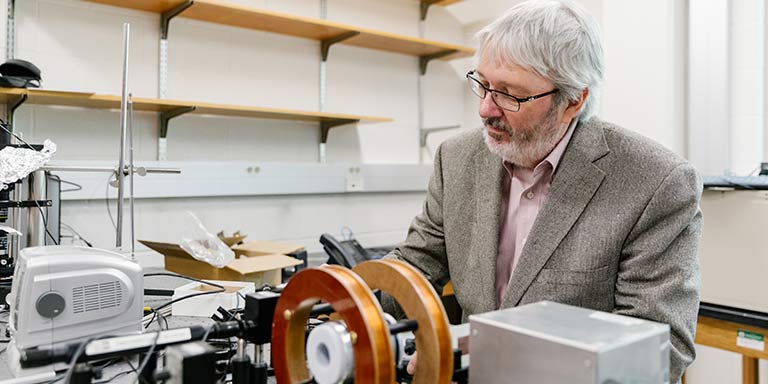Something otherworldly seems to be going on with the College’s associate executive deans lately. Lisa Pratt, the previous incumbent, recently accepted a new position as NASA’s planetary protection officer. And her successor, Jim Musser, a physics professor, is the principal investigator on the CREST Project, which sends a room-size detector into the stratosphere over Antarctica to study the particles produced by supernovas. The detector is borne skyward by balloons that are 100 meters in diameter when they are fully inflated. The last trip was in 2012; the next one, called HELIX, will take place in 2020.
Up in the Stratosphere
By: Julie Gray
Tuesday, June 12, 2018



